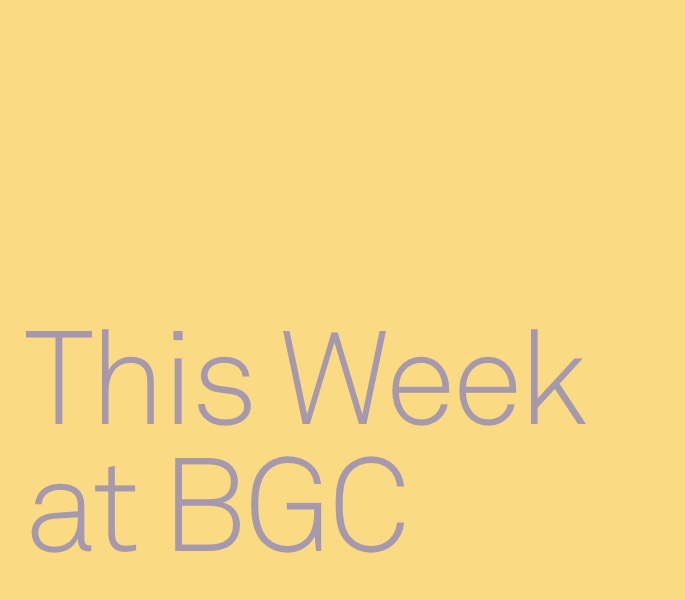|
|

|
|
|
|
Craft, Embodied Knowledge, and Learning Through the Hands
January 20 at 12:15 pm
Zoom
We learn textile skills through subtle and manipulative actions of our hands, whether sewing, weaving, embroidery, or basketry, so studying textiles can only be enriched through hands-on practice of these skills. Dr. Stephanie Bunn (University of St Andrews) gives an account of her 30 years of anthropological research into textiles through practice, asking the question, “What are we learning alongside the skills themselves?” by expanding on two recent basketry projects, Woven Communities and Forces in Translation.
|

|
Next Week:
From Concrete to Filigree: Exploring Diasporic Identity through Material Culture
January 25 at 12:15 pm
Zoom
How is identity shaped by material culture, and vice versa? Through the media of concrete and filigree, Michelle Joan Wilkinson (Smithsonian Institution National Museum of African American History and Culture) reveals two material legacies that inform her identity and approach to writing about diaspora. Her efforts to intervene in discussions of African diaspora design histories have privileged oral history, family archives, and other intimate forms of scholarly and curatorial research. As a result, Wilkinson contends, her work has become more attuned to questions of loss, inheritance, and preservation.
|

|
Materialities of Ancient American Books: Paper and Other Flayed Skins
January 26 at 12:15 pm
Zoom
Barbara E. Mundy (Tulane University) will discuss the paper used for books and other manuscripts, which was conceptually and materially the flayed skin of the amatl tree. Her central question is the nature of the connection between the flayed skin as a surface for graphic inscription and as an agent for the material transformation of human beings into deity impersonators (teixiptla).
|

|
Esplendor y Lucimiento: Mirrors and Triumphal Language in Eighteenth-Century Quito
January 27 at 12:15 pm
Zoom
Between September 21 and October 1 of 1789, the city of Quito celebrated the proclamation of King Carlos IV of Spain with parades, jousts, balls, masquerades, dances, and plays. At first glance, the event’s pomp and visual appeal showcased the power and majesty of the Spanish king and his dominion over the region. However, Isabel Oleas-Mogollón (BGC Fields of the Future Fellow) examines the political and social conditions of Quito in the second half of the eighteenth century and suggests that the triumphal visual language, embodied in the shimmering and reflective ornamentation of the festivities, was directed at creating an illusion of stability and order.
|

|
COPY AND PASTE CODE BELOW TO MAILCHIMP
|